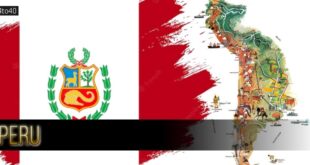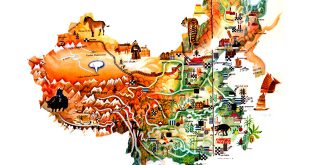Capital: Stockholm
Location: In the eastern part of the Scandinavian Peninsula, Sweden is bordered by the North and Baltic Seas, with land frontiers with Norway and Finland. The coastal waters are studded with islands, islets and rocks. The largest islands are Gotland and Oland
Area: 449,964 sq km
National composition: Swedes (95%), some Finns and Lapps in the north
Religion: Protestant (Evangelical Lutheran)
Official language: Swedish
Currency: Swedish Krona = 100 ore
Administrative divisions: Sweden is today divided into 21 counties
Other major cities: Gothenburg (Goteborg), Malmo, Uppsala, Norrkoping, Vasteras
Highest elevation: Kebnekaise (2,123 m) in the Scandinavian Mountains
Chief rivers: Klar (Klaralven), Dal (Dalalven), Gota
Largest lakes: Vanern, Vattern, Malaren
Climate: Temperate in the south, continental in the interior, and sub-arctic in the north, with abundant precipitation (2,000 mm annually); the country is under snow for several months every year
Mountains cover about two-thirds of Sweden. The Scandinavian Mountains run along the entire western border with Norway. They descend comparatively gently to the east. The northern coastlands along the Gulf of Bothnia are low-lying. Central Sweden and the large Skane (Scania) Peninsula in the far south contain lowlands. Erosion by glaciation has left numerous lakes. Lakes from one-tenth of Sweden’s total area. Because most rivers rise in areas with plenty of precipitation, they have considerable volumes of water, even in their upper courses. They generally flow eastward, often tumbling over waterfalls and rapids and flowing into lakes.
Forests cover about 57 per cent of Sweden. However, the treeless northern tundra is characterized by sparse dwarf shrubs, mosses and lichens, while the southern districts contain much fertile farmland. Animal life is exceptionally rich. The reindeer, elk, red deer, wolf, bear, lynx, wolverine, arctic fox and hare are all found in Sweden. And large tracts of unspoilt country are now protected.
Agriculture, forestry and fishing employed 7 per cent of the workforce in 1980. Agriculture is concerned mainly with the rearing of livestock. Large herds of beef and dairy cattle are reared and barley, potatoes, sugar beet and wheat are cultivated. Fur farming is also important and freshwater and sea fishing is a major occupation.
Industry employed 37 per cent of the work-force in 1980. Sweden’s chief mineral resources are its enormous deposits of high grade iron ore, vast forests and a massive hydroelectric potential. Copper, gold, lead, manganese, pyrites, silver, tungsten and uranium are also mined, and granite and limestone are quarried.
Apart from the highly developed mining and metallurgical industries producing top-quality steel, the biggest sector of Swedish industry is engineering. Sweden manufactures a wide range of machines, engineering and electrical engineering products, cars and lorries, refrigerator plants, printing machines and household appliances. Ships and aircraft are also built. Second in importance is the timber industry, which supplies wood-working plants and the pulp and paper industries. Chemical plants produce fertilizers, pharmaceuticals, plastics and other products. Food-processing, ceramic, glass, textile and leather-working industries are also highly developed. Swedish products are known for their outstanding quality and excellent workmanship.
Swedish railways can boast one of the highest rates of electrification in the world. The country has a good system of roads and a huge system of inland waterways, composed of numerous lakes and interconnecting rivers and canals. Several airlines handle the domestic air traffic, and international flights are operated by the Scandinavian Airlines System, a joint operation of the Scandinavian countries. The Swedish merchant fleet is one of the world’s largest in terms of tonneage and the volume of trade carried. The largest international seaport is Goteborg. Stockholm has the busiest airport. In 1981, Sweden had the exceptionally high per capita gross national product of US $14,870. With their highly developed welfare services, the Swedes enjoy one of the world’s highest standards of living.
 Kids Portal For Parents India Kids Network
Kids Portal For Parents India Kids Network














